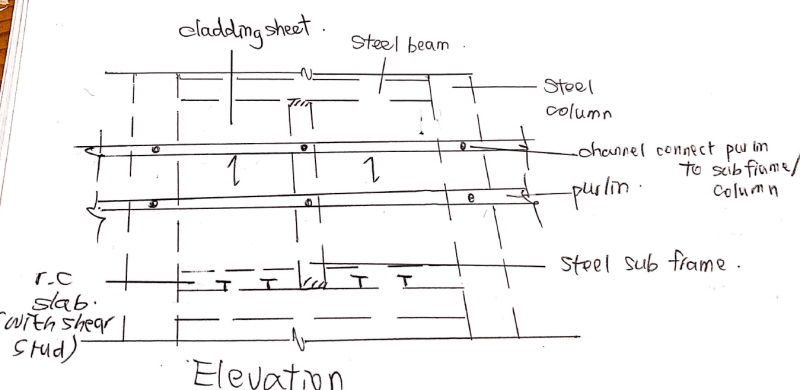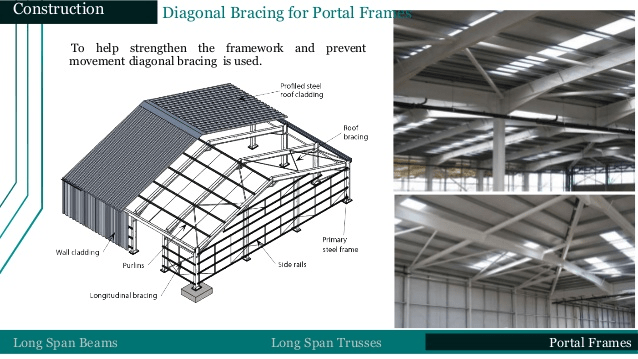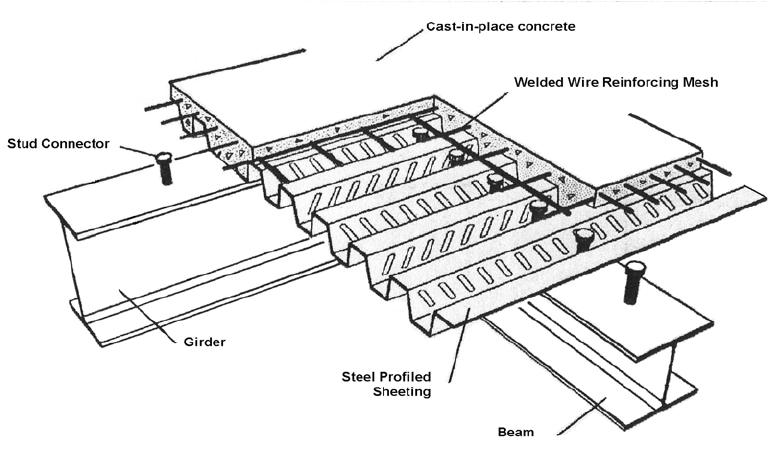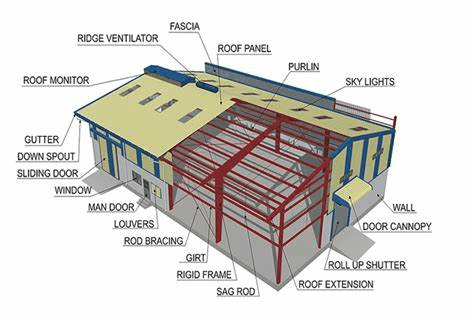Hi all,
there are two wind load paths for the steel building I am reviewing.
First,
wind -> external wall -> in-situ slab with shear stud -> steel beam and columns
For this case, diaphragm action is utilized for rc slab connecting to steel beams.
Second,
wind -> external cladding -> steel sub frame -> steel edge beam -> ....
I'm thinking for this case, can we treat that steel edge beam. interior beam and slab as a rigid diaphragm together, so all shear studs evenly share the load? Or the load path should be load transfer from edge beam first then to rc slab through shear studs of edge beams ONLY?
Thanks all
there are two wind load paths for the steel building I am reviewing.
First,
wind -> external wall -> in-situ slab with shear stud -> steel beam and columns
For this case, diaphragm action is utilized for rc slab connecting to steel beams.
Second,
wind -> external cladding -> steel sub frame -> steel edge beam -> ....
I'm thinking for this case, can we treat that steel edge beam. interior beam and slab as a rigid diaphragm together, so all shear studs evenly share the load? Or the load path should be load transfer from edge beam first then to rc slab through shear studs of edge beams ONLY?
Thanks all




